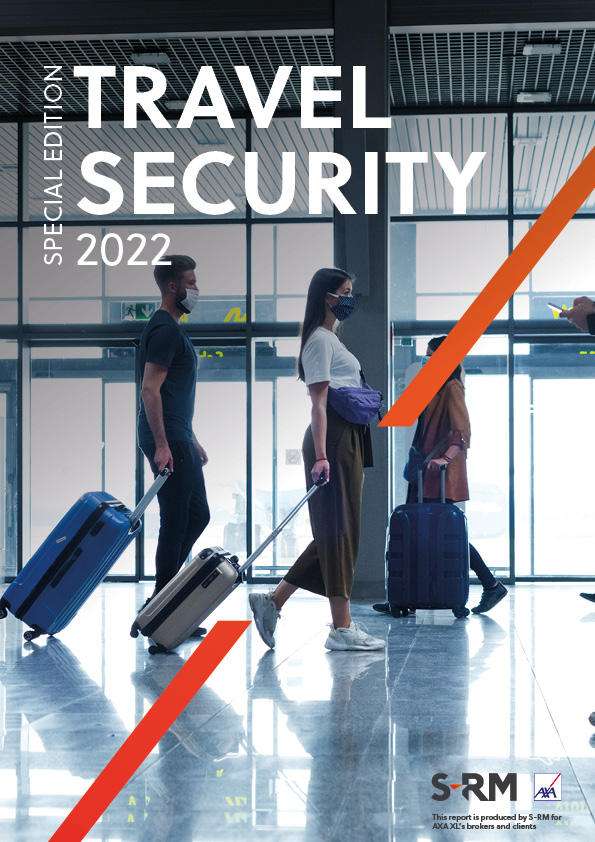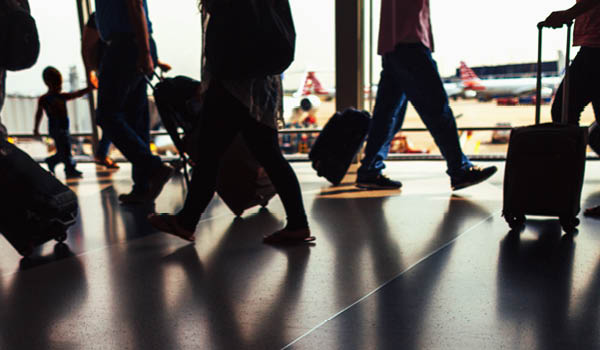While 2021 appears to show a decrease in attacks targeting aid workers, especially compared to 2020, the deteriorating security environment in several countries suggest the positive trend may not continue in 2022, writes Darren Davids.
Nearly every day, aid workers find themselves in the crosshairs of violent action while risking their lives to help the most vulnerable people. In July 2021, the UN denounced the high number of attacks targeting aid workers, including ambushes on clearly marked humanitarian convoys and ambulances between January and March 2021. Between January and December 2021, there were at least 186 major attacks against aid workers worldwide, although the actual number is likely to be higher due to underreporting and the difficulty of gathering information in some places.

Interrogating the numbers
In many respects, 2020 was the deadliest year for aid workers. According to the Aid Worker Security Database (AWSD), at least 484 people were victims of a major attack, which include shootings, shelling, illegal detentions, abductions, or collateral damage. Of these 484 individuals, at least 117 were killed. Preliminary data show that the situation in 2021 has improved, as 263 people were victims of major incidents that occurred as of mid-December 2021. However, the AWSD and at least a dozen other aid agencies are yet to publish their final data on attacks on aid workers in 2021. Even if the final numbers show a notable improvement compared to 2020 figures, the deteriorating security environment in several aid dependent states in recent months remains a major cause for concern.
In countries such as Ethiopia, South Sudan, Central African Republic, and Yemen – all four of which are reliant on aid – the security situation has become increasingly volatile. These four countries account for approximately 41 percent of all aid worker deaths reported in 2021; they were just as deadly for aid workers in 2020. There is little indication that the security situation in these countries will improve in 2022, and in some cases, like in Ethiopia, ongoing conflicts could intensify and widen across
multiple front lines.
Changing Trends
Worsening ConditionsSOUTH SUDANAid worker killings increased dramatically in South Sudan in 2020, following a two year-decline in fatal attacks between 2018 and 2019. The increased fatalities come despite the formal end to South Sudan’s civil war in 2018. At least 24 aid workers were killed in 2020, compared to 6 in the previous year. As of December 2021, at least 23 people have been killed so far. Most attacks have occurred in the Jonglei and Unity states, though attacks are increasingly occurring outside of original conflict zones, which reflects the growing lawlessness in the Nile region. South Sudan faces a raft of humanitarian and security challenge as the country transitions to a post-war state. However, growing lawlessness in the Nile region means that aid workers will continue to face a high risk of violence in 2022. ETHIOPIAAs the Ethiopian civil war intensified throughout 2021, the federal government has opted to weaponise food aid. Since February 2021, the federal government has routinely detained and blocked the movement of aid workers who are travelling to the Tigray region. The federal government has also blocked vital food aid from reaching non-government-controlled areas in the northern Tigray region, putting nearly 2.3 million people at risk of starvation. On 11 November 2021, the Ethiopian federal government arbitrarily arrested at least 70 aid-delivering truck drivers contracted by the UN to deliver food to the Tigray region. Similarly, in November, the Ethiopian government arrested 16 high-profile Ethiopian UN staffers, and even expelled foreign UN staff. Considering these constraints, NGOs will likely find themselves in an increasingly challenging operating environment in 2022. |
A mixed BagAFGHANISTANThe Taliban’s takeover in Afghanistan has raised concerns about the future of many aid programmes in the country. Many foreign NGOs halted operations or left the country immediately after the group seized the capital Kabul on 15 August 2021. Historically, the Taliban has been welcoming of aid groups, given the myriad socio-economic challenges facing Afghanistan. Since the Taliban takeover, Afghanistan’s humanitarian crisis has worsened, which is why the group has stated that NGOs should continue to operate in the country, especially those involved in the provision of food and medical aid. Nevertheless, NGOs that deal with women’s education and empowerment face significant uncertainty. Although Taliban attacks on NGOs will become rare in 2022, as the group is in government, the threat of wrongful detention will remain elevated. The Taliban also lacks the counter-terrorism capabilities to neutralise groups such as the Islamic State in Khorasan (IS-K). IS-K has staged near daily attacks in Afghanistan since the Taliban takeover, and has a high intent to attack Western NGOs. |
Improving ConditionsLIBYAOn 23 October 2020 the Government of National Accord (GNA) and the Libyan National Army (LNA) signed a ceasefire agreement which continues to hold. In fact, there have not been any major clashes since June 2020. This has allowed aid workers to provide much needed emergency relief to those directly impacted by conflict and thousands of migrants. Nevertheless, the presence of hundreds of irregular militias continues to pose a threat to aid workers. Tensions stemming from contentious election arrangements in December 2021 could also reignite clashes between rival powerbrokers. |
No rest for the weary
In an ideal world, aid workers should be protected by the Geneva Conventions and international humanitarian law. These laws call on host governments and parties to commit to protect humanitarian staff, and yet aid workers continue to face threats of kidnapping, assault, sexual violence, and even death. In response to increased attacks, in December 2020, the UN General Assembly adopted four humanitarian aid resolutions aimed at protecting aid workers. These resolutions not only urge states to ensure the security of humanitarian workers but to also hold perpetrators accountable. However, the effectiveness of these resolutions is doubtful, particularly considering many governments’ perennial struggles to improve the domestic security environment.




 Email Darren
Email Darren





 @SRMInform
@SRMInform
 S-RM
S-RM
 hello@s-rminform.com
hello@s-rminform.com

